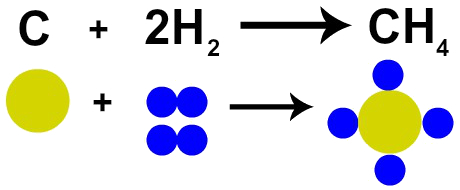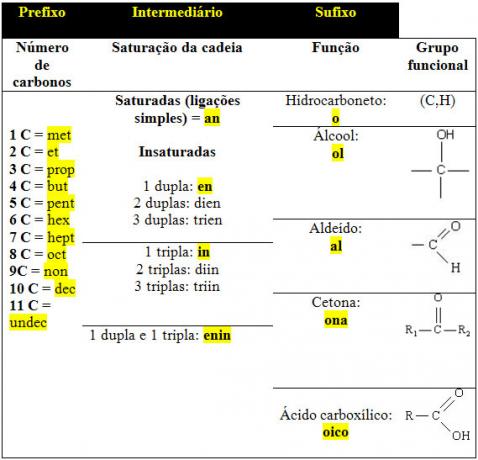The type of raw material, the process and the different additives make it possible to manufacture the most varied types of paper. Follow the basic method of production of this material so widespread around the world.
Raw material harvest
The tree is decapitated (cut) and transported to the manufacturing site. There, it undergoes a cleaning process (washing, removing the husks) and only then is it divided into chips of pre-established sizes.
An ecologically correct attitude is to use reforested areas, where more appropriate species are planted for the type of pulp or paper to be produced, and which are subsequently renewed with the replanting of other trees.
pulp preparation
The chips are cooked in a digester at a temperature of 160°C. At this stage, you already have access to a brown paste that can be used to manufacture unbleached papers, see Lignin in the composition of the paper.
Do not stop now... There's more after the advertising ;)
Bleaching
Bleachs (whitening chemicals) are added to the brown pulp turning it into bleached pulp.
Drying and pressing
The cellulose pulp is spread on a metal screen that rotates between several cylinders, the material is then dried and pressed until reaching the desired grammage for the paper to be produced.
Additions
Ready-made paper can also undergo treatment with additives to acquire other characteristics, see which ones:
- Glue is added to the paper that will be used for printing;
- The addition of clay makes the surface of the paper smoother and smoother, making it ideal for writing.
By Líria Alves
Graduated in Chemistry
Brazil School Team
Chemistry Curiosities - Chemistry - Brazil School
Would you like to reference this text in a school or academic work? Look:
SOUZA, Líria Alves de. "Paper manufacturing process"; Brazil School. Available in: https://brasilescola.uol.com.br/quimica/processo-fabricacao-papel.htm. Accessed on June 28, 2021.



